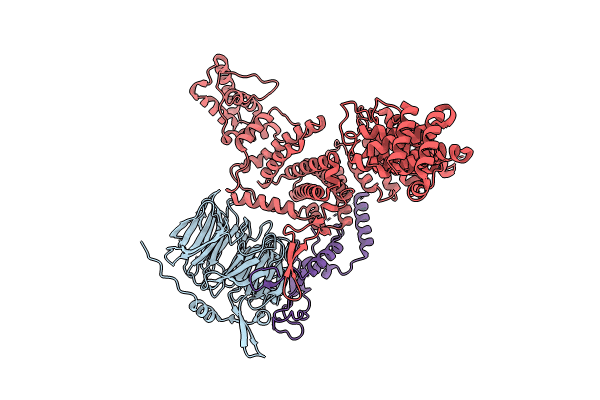
Deposition Date
2023-03-09
Release Date
2024-07-10
Last Version Date
2024-08-07
Method Details:
Experimental Method:
Resolution:
6.80 Å
Aggregation State:
PARTICLE
Reconstruction Method:
SINGLE PARTICLE


